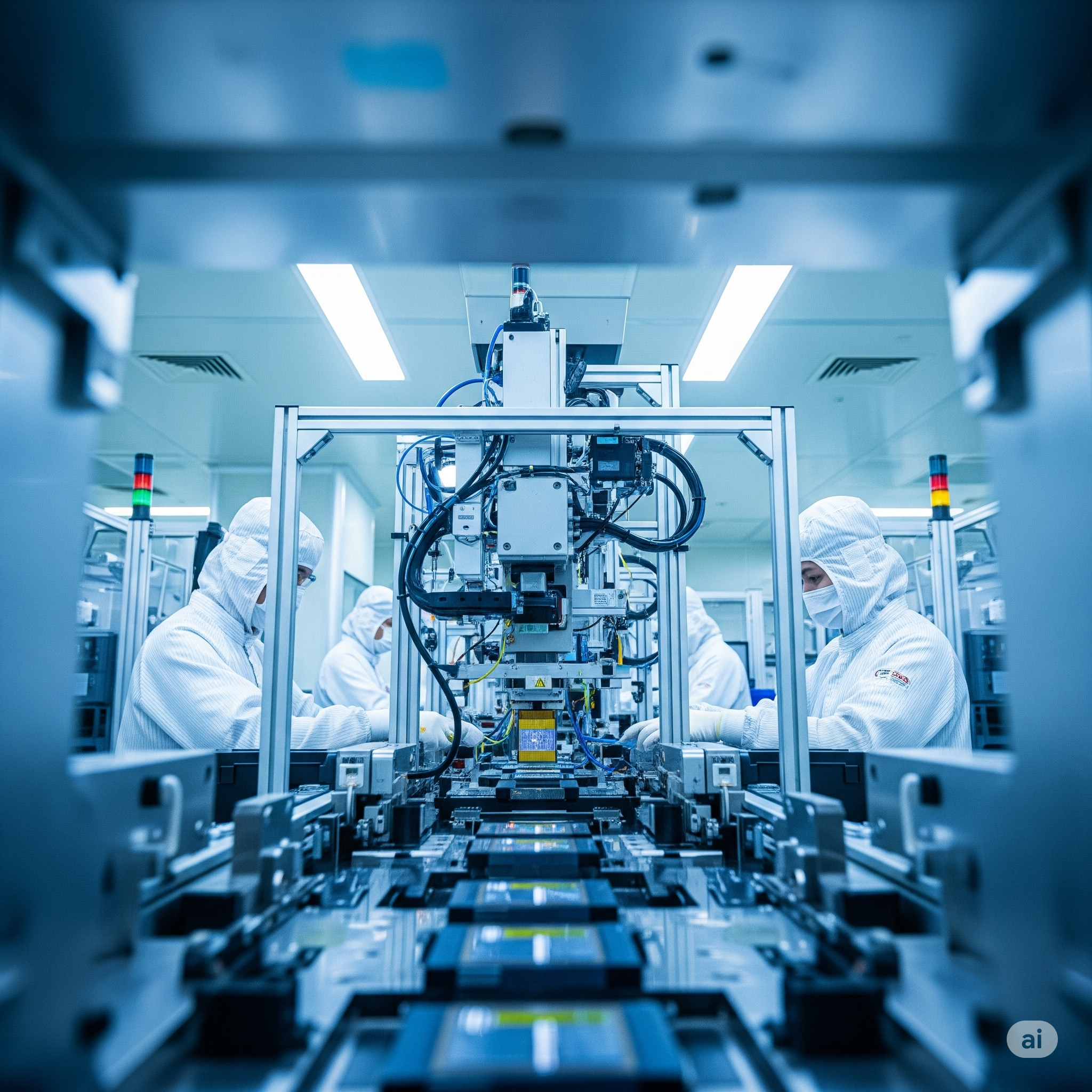Introduction: The Silent Engine of the Global Economy
In today’s hyper-connected world, semiconductors—tiny chips that power everything from smartphones to fighter jets—are at the center of a global power struggle. While they’re barely the size of a fingernail, these chips are now viewed as strategic assets, crucial for both economic stability and national security.
Why has this invisible technology become the center of international tension? Why is every major country scrambling to build domestic chip manufacturing? Welcome to the semiconductor wars—a battle that will define the future of global power.
What Are Semiconductors?
Semiconductors are materials that sit between conductors and insulators in terms of their electrical conductivity. They are the backbone of modern electronics, embedded into devices that require processing, memory, or sensor functions.
There are several main types:
- Logic chips: Control processing power in computers and devices.
- Memory chips: Store information (RAM, Flash).
- Analog chips: Manage power usage and translate real-world signals (sound, temperature).
These components are essential to smartphones, laptops, cars, military equipment, satellites, and nearly every tech product you can imagine.
History of Chip Manufacturing and Global Dependence
In the mid-20th century, the U.S. led chip innovation, but over time, production moved offshore to lower costs. The rise of Taiwan’s TSMC and South Korea’s Samsung as chip manufacturing giants made the global supply chain highly concentrated.
By the 2000s, the world became heavily reliant on a few players for chip production, creating a fragile supply web. Any disruption in Taiwan, South Korea, or China could lead to a global tech crisis.
The COVID-19 Wake-Up Call
The 2020 pandemic shattered assumptions of supply chain resilience. Automakers halted production due to chip shortages, smartphone launches were delayed, and consumers faced long waits for electronics.
Governments and industries realized: outsourcing chipmaking was a critical vulnerability. The realization hit hard—what happens if geopolitical tensions disrupt supply?
The Taiwan Factor: Global Epicenter of Chipmaking
Taiwan’s TSMC (Taiwan Semiconductor Manufacturing Company) produces over 50% of the world’s advanced semiconductors. This dominance places Taiwan at the center of both economic and geopolitical attention.
With rising tensions between China and Taiwan, and military exercises increasing in the Taiwan Strait, the entire global tech sector is at risk. A conflict could trigger a supply shock far worse than COVID.
The Rise of Techno-Nationalism
The chip shortage triggered a new wave of techno-nationalism—where countries treat semiconductors not just as economic goods but as national security imperatives.
From defense systems to artificial intelligence, controlling the chip supply equals power. It’s no longer just about business—it’s about sovereignty, survival, and supremacy.
The US CHIPS and Science Act
In 2022, the U.S. passed the CHIPS and Science Act, allocating $52 billion to revive domestic semiconductor manufacturing. Companies like Intel, Micron, and TSMC are investing billions in U.S. facilities.
Washington aims to reduce reliance on Asian manufacturers and restore technological leadership. The Act also includes research and STEM education funding to strengthen long-term capabilities.
Europe’s Semiconductor Strategy
Blocked from buying U.S.-made tech, China has accelerated its push for chip independence. Through state-backed giants like SMIC and national policies such as “Made in China 2025,” the country is investing heavily.
Despite U.S. sanctions on Huawei and chip equipment exports, China is working on indigenous technologies. Its mission: escape Western control over tech supply chains.
India’s Semiconductor Mission
India has long lagged in chip manufacturing. But that’s changing.
With the Semicon India program and over $10 billion in government incentives, India is partnering with players like Foxconn, Micron, and Tower Semiconductor to build fabs.
India’s strategy leverages its strong IT ecosystem, growing market, and a government that’s actively promoting “Make in India” for semiconductors.
South Korea and Japan: The Old Powers Reinventing Themselves
South Korea dominates memory chip production with Samsung and SK Hynix. It’s investing $450 billion over the next decade in chip innovation.
Japan, once a chip titan, is making a comeback. With firms like Tokyo Electron and Renesas, and a strategic partnership with the U.S., Japan is focusing on high-end manufacturing tools and materials.
Challenges in Building Chip Foundries
Manufacturing chips is not easy:
- Time: Building a fab can take 3–5 years.
- Cost: Advanced facilities cost over $10 billion.
- Talent: The world faces a shortage of skilled engineers.
- Tech barriers: Equipment and IP restrictions make it harder for latecomers to catch up.
This is a high-risk, high-reward game where only a few will succeed.
The ASML Monopoly: Lithography and the Bottleneck
The most advanced chips require EUV lithography, a technology only made by ASML, a Dutch firm. Without ASML’s machines, producing 5nm and 3nm chips is impossible.
Because of geopolitical tensions, ASML is restricted from selling to China, giving Western allies a technological edge.
AI, EVs, and the Next Decade of Chip Demand
The rise of Artificial Intelligence, Electric Vehicles, and 5G is driving chip demand like never before.
- AI requires high-performance GPUs and TPUs.
- EVs need hundreds of chips per vehicle.
- Smart cities and IoT will require billions more.
This surge is creating a semiconductor arms race—the fastest to innovate will dominate.
Conclusion: The Future of Technology Is Etched in Silicon
Semiconductors are no longer just about innovation—they are about who rules the digital age.
As countries scramble to secure chip independence, the semiconductor wars will shape the future of technology, power, and peace.


Leave a Reply